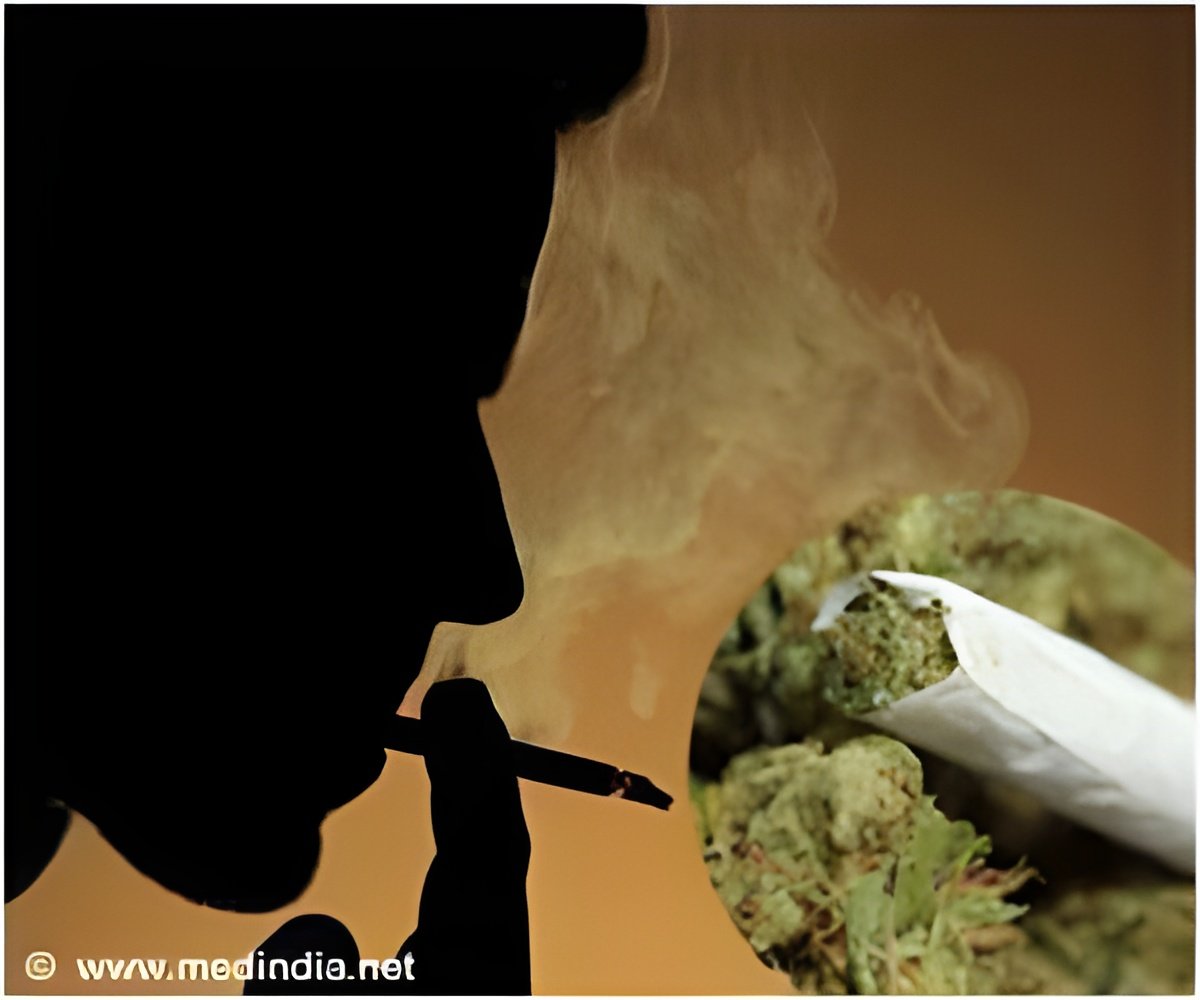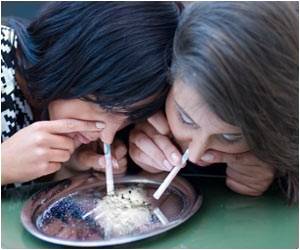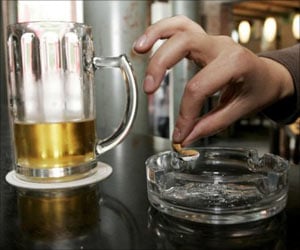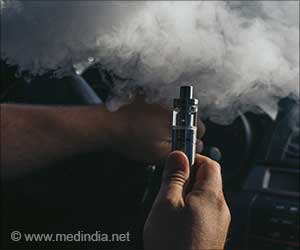The overall rate of use among teenagers in states that passed laws on legalized use of marijuana was 16%, compared with 13% in those that had not.

But, the use of medical marijuana might send the wrong message to young people, and make the drug both more available and more appealing. Several studies now suggest that teenagers who develop and sustain a heavy, daily habit increase their risk of having cognitive difficulties later on.
“We have a war going on over marijuana, and I think both sides have been guilty at times of spinning the data,” said Dr. Kevin Hill, Assistant professor of psychiatry at Harvard and director of the substance abuse consultation service at McLean Hospital.
“Medical marijuana laws vary drastically across the U.S. and often take years to be implemented, so what we need to see is the longer-term effects of these laws and the accompanying commercialization efforts, which this study does not do,” said Kevin Sabet, President of the group Smart Approaches to Marijuana, (SAM).
In another study, a research team led by Deborah Hasin of Columbia University analyzed data from a large, continuing University of Michigan survey of 8th, 10th and 12th graders, asking about their use of a variety of drugs, including alcohol, tobacco and marijuana.
The team focused on responses to several questions in particular, including those asking about use within the last 30 days and frequency of use. The researchers adjusted the data for factors known to correlate with marijuana use, like gender, education level of parents, and whether a school was urban or rural.
Advertisement
Source-Medindia














